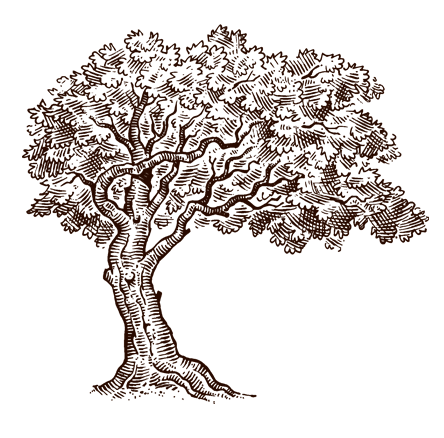FUNDAMENTALS OF SCRIBING
Available Dates appear at the bottom of the page.
Scribing is an art as much as a craft, requiring a good eye and a steady hand. It involves laying out and transferring joinery intersections from one timber to another using plumb bobs, levels, and marking devices instead of tape measures and math.
This traditional method is useful for incorporating out-of-square, naturally curved, or oddly shaped pieces into a timber frame as well as for complex roofs. In this course, we will learn to join round timbers to both square and other round pieces, and out-of-square timbers to other out-of-square faces on adjoining pieces.
We will practice various methods developed by a number of cultures and adapted and modified for modern times. This requires only a plumb bob, sharp pencil, a good eye, maybe some dividers, and steady hands. Accurate visualization of the pieces in the finished frame is critical during the setup and "lining" process, and this will be stressed early in the course prior to actual scribing and cutting.
Milled but naturally curved pieces can be joined to other timbers using the English or French "plumb line" method; double bubble pen scribers can work with fully round members. The goal is to develop joinery that provides adequate bearing capacity while making the timbers look as though they "grew" out of each other. We will practice all of these methods in this course.
Note: Lunch will be provided throughout the course
Required Prerequisite Knowledge :
Some knowledge of the subject matter is preferred, but not required.
After attending this program, students will be able to:
- Produce full-scale, lofted layout of timber assemblies.
- Apply fundamental principles to align principal and secondary structural components (square-sawn, hewn, round, and variously forked) for both primary and secondary scribe assemblies.
- Apply a range of marking techniques to lay out scribed joinery, using plumb bobs, dividers, pencils, eye, lasers, levels, bubble scribes, and other tooling and techniques as appropriate to each unique joint.
- Use both hand- and power tools (as appropriate), to cut scribed joinery, with a major focus on accuracy and fidelity to the layout lines and a minor focus on efficiency.
Instructor:
Adam Miller and Evan Sachs
(see INSTRUCTORS page to view instructor bios)
.
AIA Members:

This course is AIA CES approved for continuing professional education. If you are an AIA member interested in receiving AIA CES credits for this course, please make sure to let us know with your registration. More information can be found in the description for each session of this course that is offered, or on our Continuing Education
page.
Recommended Reading:
● "Round Log Timber Framing: The Moosilauke Ravine Lodge" by Adam Miller, Timber Framing 126
● "Scribing a Post to a Rock" by Josh Jackson, Timber Framing 112
● "Timber Framing for Beginners: Introduction to Scribing" series by Will Beemer, Timber
Framing 76, 77, 78
● Oak Framed Buildings by Rupert Newman
AVAILABLE DATES:





